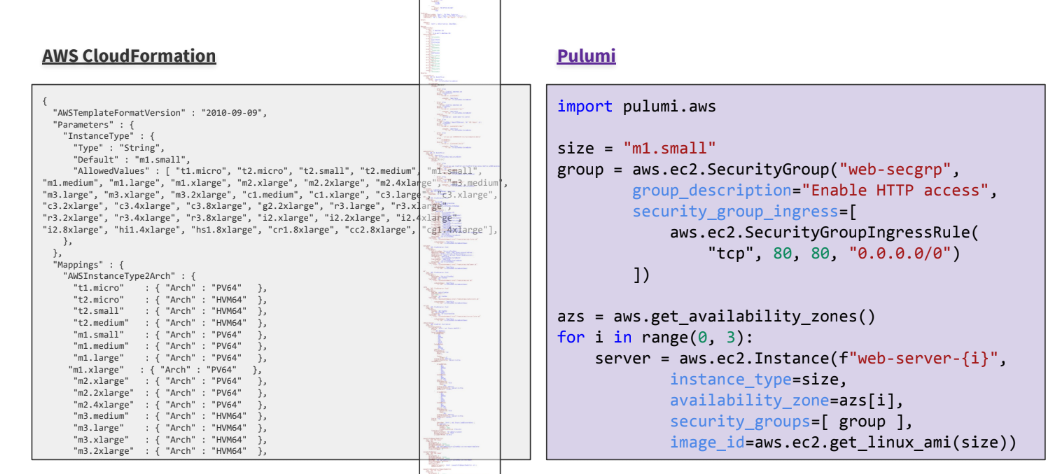Meet Leverice: A team messenger and collaboration platform that’s aiming to compete with b2b giants like Slack by tackling an issue that continues to plague real-time messaging — namely, ‘always-on’ information overload. This means these tools can feel like they’re eating into productivity as much as aiding it. Or else leave users stressed and overwhelmed about how to stay on top of the work comms firehose.
Leverice’s pitch is that it’s been built from the ground up to offer a better triage structure so vital bits of info aren’t lost in rushing rivers of chatter than flow across less structured chat platforms.
It does this by giving users the ability to organize chat content into nested subchannels. So its theory is that hyper structured topic channels will let users better direct and navigate info flow, freeing them from the need to check everything or perform lots of searches in order to find key intel. Instead they can just directly drill down to specific subchannels, tuning out the noise.
The overarching aim is to bring a little asynchronicity to the world of real-time collaboration platforms, per co-founder and COO Daniel Velton.
“Most messaging and collaboration tools are designed for and built around synchronous communications, instant back-and-forth. But most members of remote teams communicate at their own pace — and there was no go-to messaging tool built around asynchronous communications,” he tells TechCrunch.
“We set out to solve that problem, to build a messenger and collaboration platform that breaks rivers down into rivulets. To do that, we needed a tech stack and unique architecture that would allow teams to efficiently work with hundreds of channels and subchannels distributed between scores of channel branches of varying depths. Having that granularity ensures that each little shelf maintains topical integrity.
“We’re not discussing Feature 2.1.1 and 2.1.2 and 2.1.3 and 2.1.4 inside a single ‘Features’ channel, where the discussions would blend together. Each has its own little home.”
Of course Slack isn’t blind to the info-overload issues its platform can generate. Last month it announced “a simpler, more organized Slack”, which includes the ability for users to organize channels, messages and apps into “custom, collapsible sections”. Aka folders.
So how is Leverice’s subchannel architecture a great leap forward on the latest version of Slack — which does let users organize themselves (and is now in the process of being rolled out across its user-base)?
“All structuring (including folders) on other popular messengers is essentially an individual preference setting,” says Velton. “It does not reflect on a teamwide channel tree. It’s definitely a step in the right direction but it’s about each user adding a tiny bit of structure to their own private interface, not having a structure that affects and improves the way an entire team communicates.
“Leverice architecture is based on structuring of channels and subchannels into branches of unlimited depth. This kind of deep structuring is not something you can simply ‘overlay’ on top of an existing messenger that was designed around a single layer of channels. A tremendous number of issues arise when you work with a directory-like structure of infinite depth, and these aren’t easily solved or addressed unless the architecture is built around it.”
“Sure, in Leverice you can build the ‘6-lane autobahns’,” he adds, using an analogy of vehicle traffic on roads to illustrate the concept of a hierarchy of topic channels. “But we are the only messenger where you can also construct a structured network of ‘country roads’. It’s more ‘places’ but each ‘place’ is so narrow and topical that working through it all becomes more manageable, quick and pleasant, and it’s something you can do at your own pace without fear of missing important kernels of information as they fly by on the autobahn.”
To be clear, while Slack has now started letting users self-organize — by creating a visual channel hierarchy that suits them — Leverice’s structure means the same structured tree of channels/subchannels applies for the whole team.
“At the end of the day, for communications to work, somebody on a team needs to be organized,” argues Velton. “What we allow is structuring that affects the channel tree for an entire team, not just an individual preference that reflects only on a user’s local device.”
Leverice has other features in the pipeline which it reckons will further help users cut through the noise — with a plan to apply AI-powered prioritization to surface the most pressing inbound comms.
There will also be automated alerts for conversation forks when new subchannels are created. (Though generating lots of subchannel alerts doesn’t sound exactly noise-free…)
“We have features coming that alert users to forks in a conversation and nudge the user toward those new subchannels. At this stage those forks are created manually, although our upcoming AI module will have nudges based on those forks,” says Velton.
“The architecture (deep structuring) also opens the door to scripting of automated workflows and open source plug-ins,” he adds.
Leverice officially launched towards the end of February after a month-long beta which coincided with the coronavirus-induced spike in remote work.
At this stage they have “members of almost 400 teams” registered on the platform, per Velton, with initial traction coming from mid-size tech companies — who he says are either unhappy with the costs of their current messaging platform or with distraction/burnout caused by “channel fatigue”; or who are facing info fragmentation as internal teams are using different p2p/messaging tools and lack a universal choice.
“We have nothing but love and respect for our competitors,” he adds. “Slack, Teams, WhatsApp, Telegram, Skype, Viber, etc.: each have their own benefits and many teams are perfectly content to use them. Our product is for teams looking for more focus and structure than existing solutions offer. Leverice’s architecture is unique on the market, and it opens the door to powerful features that are neither technically nor practically feasible in a messenger with a single layer containing a dozen or two dozen channels.”
Other differentiating features he highlights as bringing something fresh to the team messaging platform conversation are a whiteboard feature that lets users collaborate in the app for brainstorming or listing ideas, prorities; and a Jira integration for managing and discussing tasks in the project- and issue-tracking tool. The team is planning further integrations including with Zoom, Google Docs and “other services you use most”.
The startup — which was founded by CEO Rodion Zhitomirsky in Minsk but is now headquartered in San Jose, California, also with offices in Munich, Germany — has been bootstrapping development for around two years, taking in angel investment of around $600,000.
“We are three friends who managed complex project-based teams and personally felt the pains of all the popular messengers out there,” says Velton, discussing how they came to set up the business. “We used all the usual suspects, and even tried using p2p messengers as substitutes. They all led us and our teams to the same place: we couldn’t track large amounts of communications unless we were in “always-on” mode. We knew there had to be a better way, so we set out to build Leverice.”
The third co-founder is Dennis Dokutchitz.
Leverice’s business model is freemium, with a free tier, a premium tier, and a custom enterprise tier. As well as offering the platform as SaaS via the cloud, they do on-premise installations — for what Velton describes as “the highest level of security and privacy”.
On the security front the product is not end-to-end encrypted but he says the team is developing e2e encrypted channels to supplement the client-server encryption it applies as standard.
Velton notes these forthcoming channels would not support the usual search features, while AI analysis would be limited to “meta-information analysis”, i.e. excluding posts’ content.
“We don’t process customer or message data for commercial purposes, only for internal analytics and features to improve the product for users,” he adds when asked about any additional uses made of customer data. (Leverice’s Privacy Policy can be found here.)
With remote work the order of the day across most of the globe because of the COVID-19 pandemic, it seems likely there will be a new influx of collaboration tools being unboxed to help home workers navigate a new ‘professionally distant’ normal.
“We’ve only been on the market for 6 weeks and have no meaningful revenue to speak of as of yet,” adds Velton.

![]()






